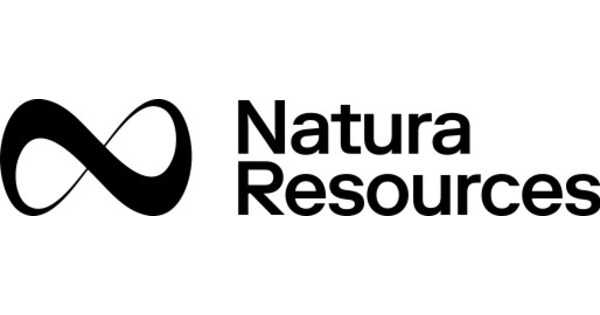Researchers at the SLAC National Accelerator Laboratory have achieved a significant milestone in laser-plasma accelerator (LPA) technology. They have created fast, bright proton beams by using the power of a simple steam of water. This breakthrough addresses some long-standing challenges and moves LPA technology closer to real-world applications.
Siegfried Glenzer is the director of the High Energy Density Science division at the SLAC National Accelerator Laboratory. He said, “These exciting results pave the way for new applications of relativistic high-power lasers for applications in medicine, accelerator research, and inertial fusion.”
Traditional particle accelerators, such as synchrotrons, use electromagnets to generate these proton beams. However, the massive size of the magnets limits their use in many settings.
LPAs offer a compact and cost-effective alternative. However, they also face several challenges. The researchers explained that “One challenge arises from the high-intensity laser, which destroys the targets after each pulse, requiring a new target for every shot. Another issue is the beam divergence – proton beams produced by LPAs typically spread out like a floodlight rather than maintaining a narrow focus.”
The new breakthrough at SLAC aims to resolve these issues. This advance was made possible by replacing a solid target with a thin stream of water. The researchers commented that “Instead of using a traditional solid target, they introduced a thin sheet of water – a self-regenerating stream that replenishes after each shot.”
This self-regenerating water sheet not only eliminates the need to replace the target after each laser pulse but also unexpectedly enhances the proton beam’s characteristics. When the high-intensity laser struck the sheet of water, the resulting evaporated water formed into a vapor cloud that interacted with the proton beam. This interaction generated magnetic fields, which focused the proton beam. This result of this interaction resulted in a significantly brighter and more tightly aligned proton beam.
Compared to experiments utilizing solid targets, the water sheet reduced beam divergence by one order of magnitude and increased efficiency by two orders of magnitude. The resulting proton beam exhibited great stability as it operated consistently at five pulses per second for hundreds of laser shots.
Griffin Glenn is a Stanford University PhD student and the second author of the report on the experiment. He said, “This effect was completely unexpected. This work has shifted the whole paradigm.”
The proton beam delivered the equivalent of 40 Gray with each shot, which is a standard radiation dosage used in proton therapies. This is an result never before achieved with LPAs at this repetition rate. This was accomplished using a readily available low-energy laser system. The use of a common laser system marked a significant step towards practical applications.
Glenn added, “Finally, we are no longer totally reliant on simulations. We can now drive the physics from an experimental point of view, testing different laser intensities, target densities, and environmental pressures.”
Researchers at the Lawrence Berkeley National Laboratory (Berkeley Lab) had already achieved a significant milestone in laser-plasma acceleration. They successfully accelerated electrons to an energy of ten billion electronvolts within twelve inches.
SLAC National Accelerator Laboratory






